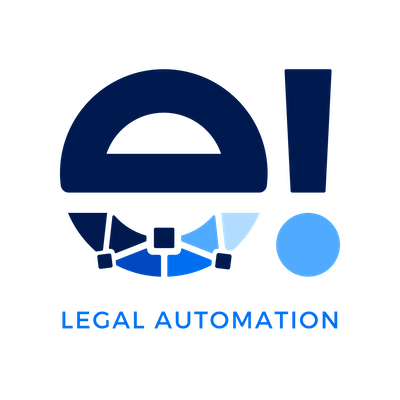No-code applications have become increasingly popular in recent years due to their flexibility and ease of use. This makes them ideal for a wide range of tasks and projects. One of the key features of no-code applications is their ability to use logical conditions for advanced decision-making. This allows users to create sophisticated logic-based decisions without needing any coding expertise.
Uses of logical conditions
Logical conditions are statements that can be used to make decisions in a no-code application. These conditions can be used to determine when certain actions should take place, such as sending an email notification or updating a database record. They can also be used to control the flow of a process, allowing users to create complex workflows without writing any code.
Logical conditions can be used in a variety of ways. They can be used to compare values, trigger alerts based on specific criteria, and even check for the presence of certain values before taking an action. In addition to this, they can also be used in combination with other conditions to create complex decision trees and workflows.

Logical conditions can be combined with other forms of data processing to create even more powerful applications. For example, they can be used to detect trends in data or identify outliers that could indicate a problem. They can also be used to create personalized experiences in no-code applications, allowing users to tailor the application to their unique needs.
By combining logical conditions with other forms of data processing, it’s possible to create powerful and advanced no-code applications. Logical conditions enable users to make decisions quickly and accurately, allowing them to create complex workflows and process data more efficiently. By leveraging the power of logical conditions, no-code applications can become even more powerful and versatile tools.
Conclusion
The flexibility of no-code applications means that anyone can build challenging applications without needing any coding expertise. By taking advantage of functionalities like logical conditions, users can make sophisticated decisions and create complex workflows in no-code applications. This makes no-code applications a powerful tool for creating custom solutions for all kinds of business needs.
Logical conditions are an important feature of no-code applications and can be used in a variety of ways to create powerful and sophisticated solutions. By leveraging the power of logical conditions, users can quickly and accurately make decisions while creating complex workflows without any coding experience. This makes no-code applications a powerful and versatile tool for creating custom solutions that meet any business need.






